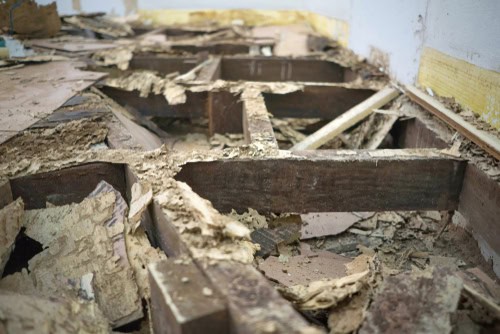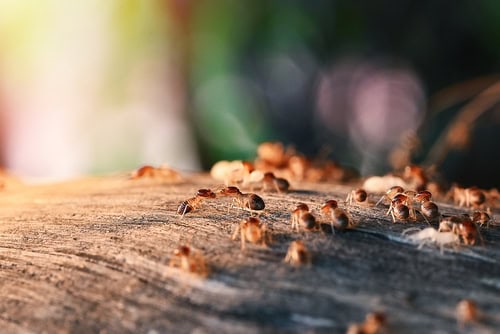
Will Termites Go Away On Their Own?
March 18, 2021
What Are The Different Types Of Termites?
June 22, 2021How to Prevent Termites Coming To My Home?

How to Prevent Termites Coming To My Home? Have you ever seen a collection of dust particles around your couch or sofa? Termite invasion is certainly the result of this. It is tough to eliminate them if they’ve infiltrated the house and started feasting on the structure of the home or any furnishings, just because of their small size.
Performing annual checks in the home to look for pests and other insects will save your money and hard work. A few of the primary reasons termite is difficult to eradicate is they’re not detectable till they have caused major harm and established their colonies.
Because hundreds of termites exist in these complexes, getting rid of termites without expert support is difficult. If termite has been discovered in the house, you must take quick termite protection steps.
Remove wooden in close contact with the floor

Termite infestations are common when wooden elements of a structure come into direct touch with the ground. Termites benefit from earth-to-wood touch because it provides them with adequate food, water, and protection, and a concealed entrance into the home.
Siding, door casings, and other wooden structures must be at least 6 inches over the ground surface. Regrading or moving mud or compost away from the base, chopping the bottoms off wooden latticework, or placing stairs or pillars on a concrete structure may be required to eliminate ground touch.
Termites can damage posts or steps in concrete because they reach from wood to the ground. Termites can still destroy wood, despite common perception; termites penetrate the timber via gaps or develop tunnels underneath the surfaces.
Correct Drainage Issues and Reduce Dampness across the Base

They require moisture to live, and poor drainage surrounding the property may be providing perfect situations for termites to flourish.
Check to see whether the drains are moving drainage away from the area and whether the taps and Ac drip pipes are allowing water to collect near the base. Drainage systems and leaf litter accumulating on the rooftop are another reason for termite infestations.
Moisture can substantiate in blocked drains, and leaf litter retains water and starts to degrade. Airborne termite infestations thrive under these circumstances, mostly in locations with Formosan termite.
Projecting tree branches and dense shrubs should be pruned back

Overgrown plants and uprooted trees falling over the rooftop can give protection, create water accumulation, and provide simple entry points for pests, especially termites. Plants that are too close to your home will fall branches on the rooftop and in the downspouts, causing dampness issues that could lead to airborne infestations.
Holes in the Exteriors of Buildings

Termites can enter a property through any break or crack in the base or a break in the roofing. Underground organisms utilize these flaws to develop mud tunnels and use them to come inside.
Termites of all kinds can also come inside and build colonies through holes surrounding windows.
Allow no water to accumulate close to the base. Termites are drawn to water, therefore if the topsoil close to the base is continually wet, they are much more prone to inhabit. With correctly working drains, faucets, and splashing barriers, moisture will be redirected aside.
How to Get Rid of Termites?

People can seek termite-friendly circumstances around their homes. Preventing contacts is as simple as monitoring for high concentrations of dampness and minimizing moisture in the house, and protecting any unprotected wood in direct contact with the ground.
Termite entry can be limited by inspecting building exteriors for damaged screen doors, leaky pipelines, and damaged roofs and fascia panels.
- Having a specialist evaluate your home daily.
- Collaborating with a pest expert to address issues near the property that can encourage termite growth, including excess water.
- Depending on the specifications of your property and evidence of infestation in the neighborhood, deciding if preventive termite solutions, immediate wood treatments, monitoring systems, and other options would be most successful.
How to Prevent Termites Coming To My Home? – Conclusion

Sometimes DIY kits may not perform on termites, calling pest management professionals is the fastest and most suitable approach to efficiently manage termite colonies and avoid infestation. Termites can damage all goods and precious things.
If all the precautions are taken to prevent termites then it could save your home.




